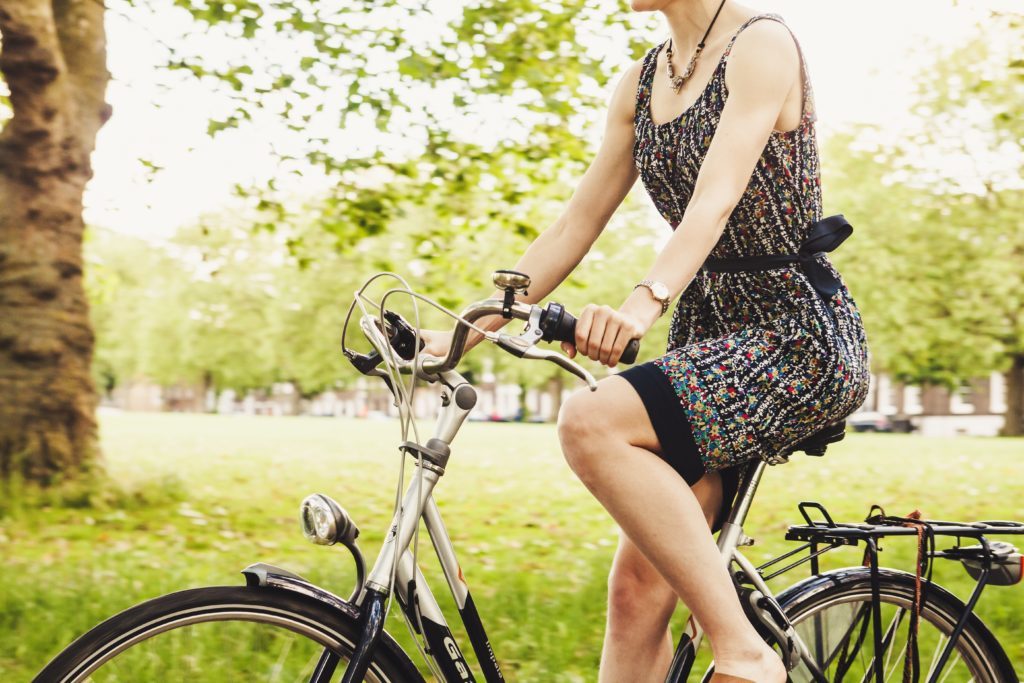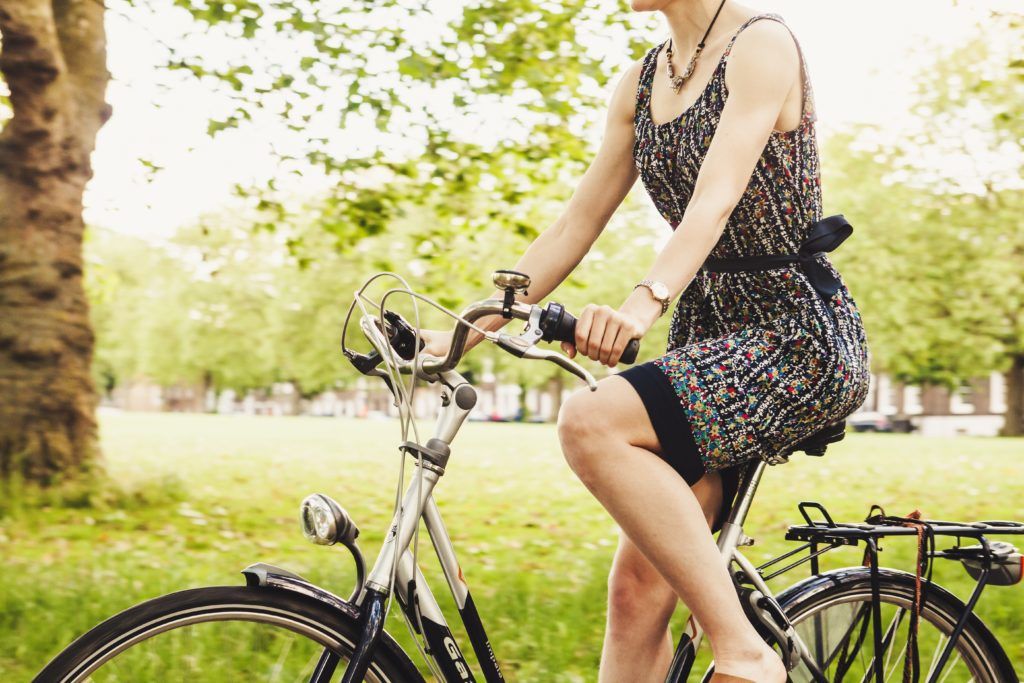

Bike crashes happen. It’s an unfortunate side effect of an otherwise great activity. Biking is a fun hobby, an economical method for commuting, a healthy means of transportation, and it’s better for the environment than gas powered vehicles. But it can put you in vulnerable situations. Especially when traveling on roads with vehicles. While not all crashes/accidents involve cars, they are by far the worst and require more vigilance to avoid. If you’re involved in a bike crash follow these steps (read in advance and try to remember… we don’t actually expect you to pull up this post and follow the steps following a crash).
What To Do Following A Bicycle Accident
Assessment
Get out of the road and assess your injuries. If your injuries are too severe to move, call for an ambulance and wait. Don’t risk moving too much if you’re seriously injured. Otherwise, get to a safe place off of the roadway as soon as possible. Check your body for injuries. Make sure you can feel all of your limbs, wiggle your toes and fingers, and look for excessive amounts of blood. If your crash occurs offroad walk your bike to safety/cell phone range and call for help if needed.
Contact First Responders
If there’s a car involved or if your injuries are severe call for help immediately. If a car hits you call the police immediately. Even if you don’t feel injured following the impact you should still call the police and report the incident. Due to adrenaline and the nature of the type of injuries sustained during a bike crash it can take several hours or even days for injuries to present themselves. If you leave the scene you may not be able to identify the at-fault driver and you may have to pay more for your care.
Document Everything
While waiting for first responders do not attempt to negotiate with the driver. When they do arrive make sure your version of the events is recorded in the accident report. Report all of your injuries no matter how minor they may be. We recommend documenting your injuries with photographs. It’s also a good idea to photograph your bike as it can indicate the severity of the impact by how much damage it has sustained. If for whatever reason the police refuse to include your statement in the accident report, you can amend it later. You can also attempt to file your own police report.
Obtain Witness Contact Information
Try to get the names and phone numbers for anyone who witnessed the incident. Don’t assume that the police will document their information or even ask them questions about the incident. If you’re injured and aren’t able to get witness information, ask a bystander to help you. If possible, attempt to get the name, address, phone number, insurance information, license plate number, and make/model of the automobile driver. Chances are you won’t have a pen & paper handy, but if you’re able, take notes on your mobile phone. Once you’re in a safe place and have some time, document everything more thoroughly. Write out a complete version of the events.
Document Your Injuries
We recommend that you seek immediate medical attention for your injuries, even if they’re minor. Seeking medical attention will help prove that you were in fact injured. Medical records will provide documentation for your injuries. Have someone take photos of your injuries if you’re not able to adequately take pictures on your own. Write down all of your physical symptoms every day following the accident. It’s also a good idea to take photos of your bike, clothes, helmet, or any other objects involved in the crash (i.e. the car, other vehicles, tire tracks, etc.). Attorneys recommend that you don’t wash your clothes, fix your bike, or send anything to anyone other than your lawyer. Essentially, do whatever you can to preserve the evidence.
Avoiding Bike Crashes
Whether you’re riding on the road, paved paths, or off road there are a number of things you can do to avoid crashing. While many of these rules may seem like no brainers, it’s important to know what they are.
Ride With Traffic
Always ride in the same direction as traffic. In many areas of Portland cyclists may ride on the roadways. Be extra cautious when riding in the roadways as many drivers might be unaware of your presence. When using a bike lane, sidewalk, or shoulder make sure you’re riding the same direction as traffic (i.e. on the right side of the road).
Obey Traffic Signals
When in a bike lane, riding on the shoulder, or riding in the roadway make sure to always follow traffic signals and signs. Stop at stop signs and red lights and follow the laws of the road. A sure way to get involved in an accident is riding recklessly and ignoring stop signs.
Be Aware of Blind Spots
Most drivers are pretty respectful of cyclists but vehicles still have blind spots. Make sure that drivers can see you when passing them. This is especially true when passing a driver who has indicated they’re turning through the bike lane. If you’re in their blind spot they might cut you off and hit you.
Be Aware of Pedestrians
In some areas riding your bike on the sidewalk is perfectly safe. However, on crowded sidewalks, this can be dangerous. Make sure you’re aware of local laws regarding riding bicycles on sidewalks. If you have a motor-assisted bicycle it may not be legal for you to ever ride on the sidewalk. Make sure you’re informed and avoid sidewalks with crowds.
Ride on Bike Friendly Roads
If a bike lane is available, use it rather than riding in the street whenever possible. If your neighborhood or route has arterial roads dedicated to bike thoroughfares use these instead of busy roads. Some busy roads are very unfriendly for bikes. Avoid them if possible and walk your bike if you must cross them. Some roads that may appear to be bikeable are actually highways (such as 99E and Powell Blvd). Do not ride your bike on these roadways as drivers will not be expecting to see you and they will be driving much faster than is safe for cyclists.
Always Have Your Gear
The unfortunate nature of riding a bike is that you’re very likely to be involved in a crash of some kind. Most of the time they’re minor but sometimes they can be severe. A helmet could save your life. Wear it always. Other things you should have on you in case of a crash are a cell phone, personal identification, and emergency contact information. You may also want to have a bike repair kit to avoid knowingly riding a bike that needs repairs.
Be Seen
When riding in low light conditions such as early morning, evening, and night time, make sure you have reflectors and lights. You’ll want to have rear lights as well as front lights. Reflective clothing and reflective gear on your bike will help you be seen.
Seeking Care Following A Bike Crash
It may take hours or even days for your injury to fully present. In the event that your injuries involve your neck or back, you should consider seeing a chiropractor. Insurance should provide coverage for your chiropractic care if you’ve been involved in a crash. This is especially true if a vehicle has been involved. The act of riding a bike regularly can cause some misalignments of your spine so it’s very important to seek out a chiropractor following a traumatic crash. Knee pain, hip pain, and numbness are also common symptoms a cyclist experiences following an accident.
Evaluate your behavior following the crash to identify if there’s anything you could have done differently to avoid the accident. If so, adjust your behavior moving forward. Cycling experts recommend taking a period off from biking following an accident. When you do return to the seat, slow down. Don’t rush to get back up to full speed. Practice vigilance and protect yourself by using defensive driving techniques. If you experienced a concussion during the crash your doctor may recommend that you take a long break from riding. When you get back into cycling check that your wheels, breaks and other components are functioning correctly before getting out on the road.
We hope your rides are safe out there. If you’ve been in an accident and are feeling pain, stiffness, or soreness contact your doctor or schedule a visit with a chiropractor to evaluate your condition. For further reading check out the Oregon Bicyclist Manual. There’s some great information in the pdf and we recommend you save it or print it out for further reading.
Request Appointment
Get Directions!
Hours
| Monday | 9:00 am – 6:00 pm |
|---|---|
| Tuesday | 9:00 am – 6:00 pm |
| Wednesday | 9:00 am – 6:00 pm |
| Thursday | 9:00 am – 6:00 pm |
| Friday | 9:00 am – 6:00 pm |
| Saturday | Closed |
| Sunday | Closed |
Areas We Serve
Portland Chiropractic Office: Located in the East Portland/Gresham area means our offices are easily accessible from I-205 and I-84 for your convenience. Our Portland chiropractic offices are conveniently located in Portland near Gresham. Our service area includes Portland, Gresham, Troutdale, Parkrose, Mount Tabor, Mill Park, Wood Village, Fairview, Clackamas, Rockwood and the rest of the Portland Metro Area including Vancouver, Washington. If you're in the area, just search "Chiropractors Near Me" and you'll find us.